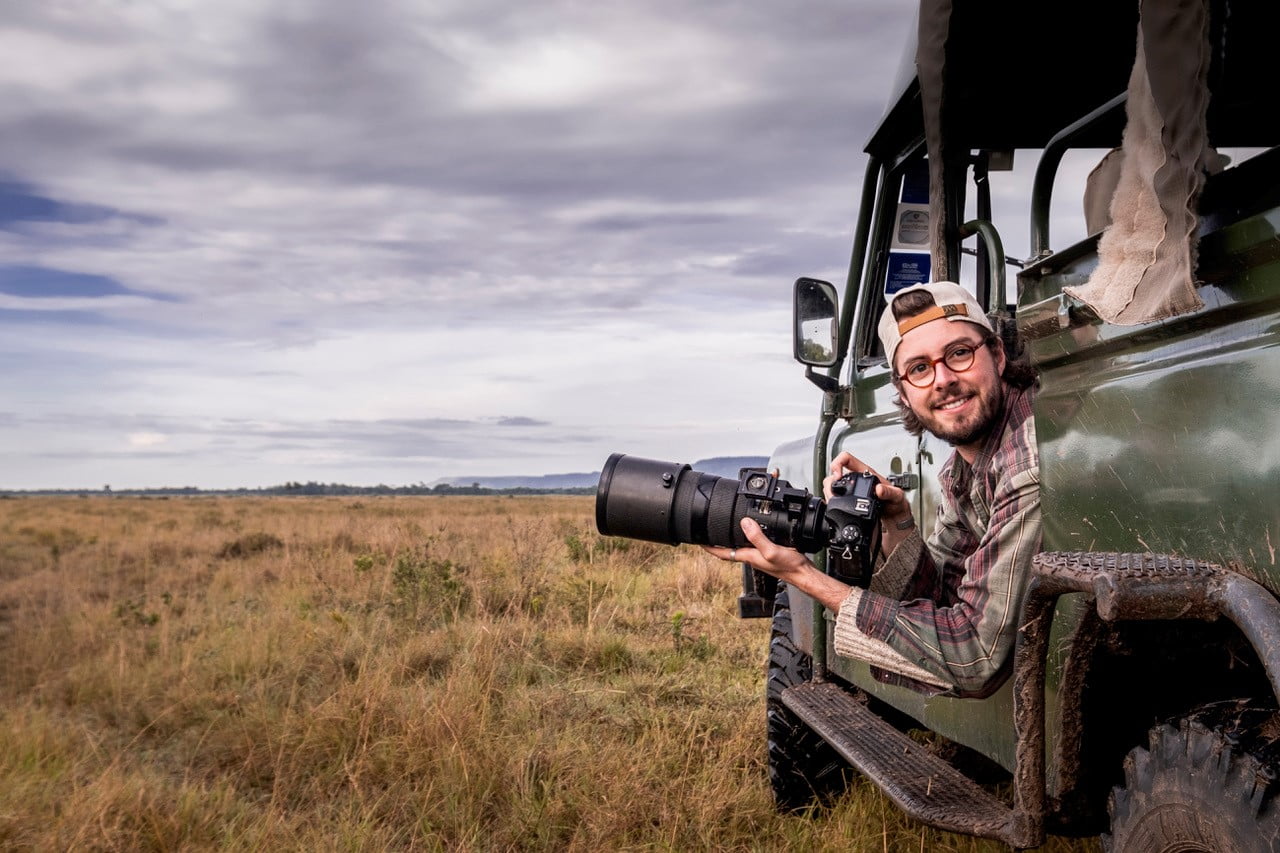Professional wildlife photographer, Felix Rome, has put together some top photography tips for your safari. With the enormous amount of opportunities to take wonderful photographs, this article takes a look at how to capture images of wildlife, landscapes and the activities you enjoy whilst on safari as well. Most people believe it’s only the wildlife that you will photograph when on safari, but in reality there is so much more than that.
Wildlife photography
It can be hard to not take images of every encounter you have, and rightly so, but think about what images you have already got. For example, you come across a pride of lions. The first thing people do is zoom in and try and get a headshot of the lion, but once you have that photograph think about the bigger picture. Zooming out will give your collection of images context, showing where you saw those lions. Rather than having 100 headshots, create 20 varied images showing behaviour, environment and detail. This can be applied at all wildlife sightings you may have. You have gone all that way to see these animals in the wild, show that.
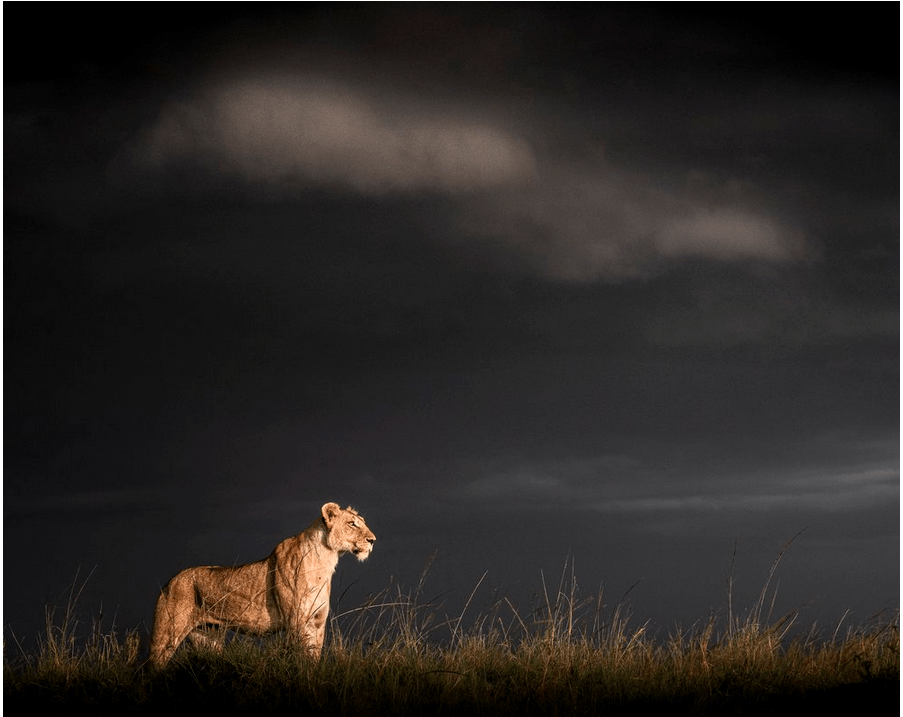
Activities
The vast majority of camps offer wildlife drives, and this tends to be the most common activity. However, many camps will offer all sorts of different activities as well. These could include boat / canoe rides, sundowners, quad biking, hot air balloons, walking safaris and many others. Capturing these in photographs can be difficult as you find you might have lots of similar images. Try telling the story through images as if you were explaining it to friends back home.
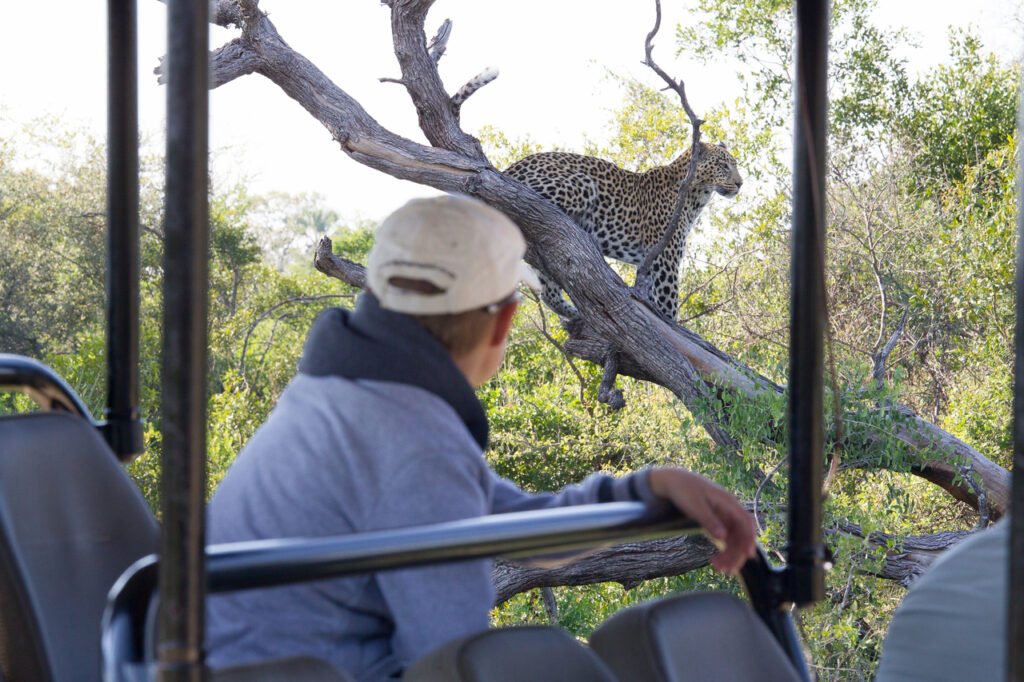
For a sundowner, take an image of the setup, a picture of you and then the landscape you are overlooking. Boat rides, get creative with angles. You are limited to what you can do so try thinking out of the box. Hold the camera just above the water looking towards the front of the boat, or hold the camera above your head to get a higher perspective of the boat and those with you.
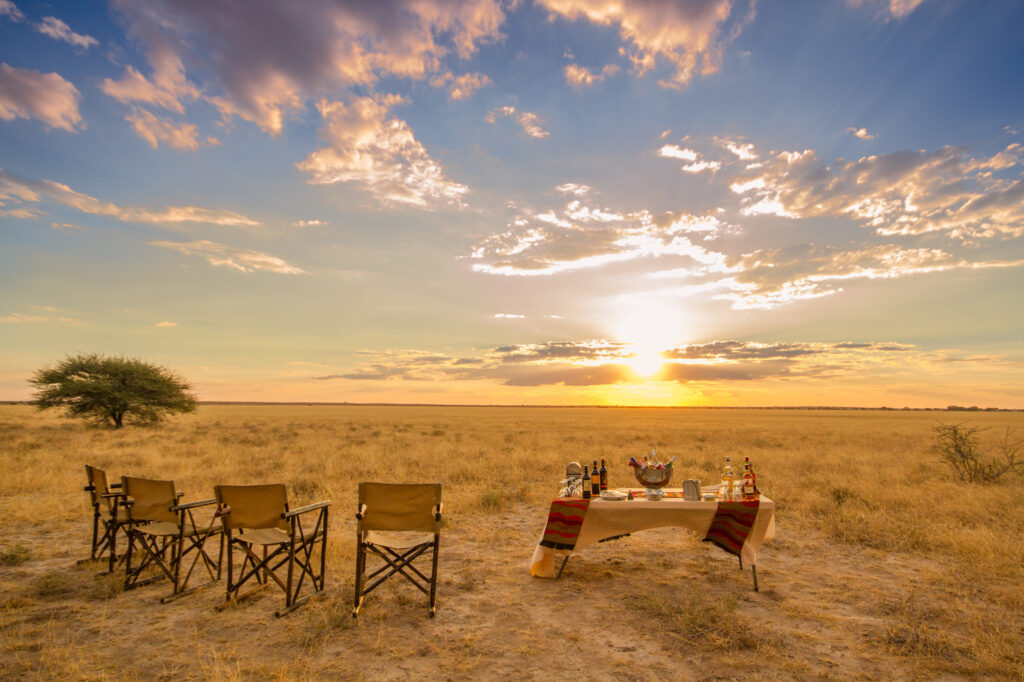
Capturing images of your guides (with their consent) is always a lovely reminder of who helped create these wonderful memories for you. In the moments where you have more time to consider angles and compositions, try and get creative. Use foreground interest and take pictures through bushes or leave to add an artistic look to the image.
Think about if you have only taken images that are zoomed all the way in, maybe vary your focal length to create different feeling images. Try not to get stuck in taking pictures in the same way over and over again. Simple tricks such as getting lower or higher perspectives, zooming in and out and different light will help add diversity to the final collection of images you take home.
Landscapes
Throughout the continent there are a variety of mesmerising landscapes. Try to think about what it is you like most about the view, is it the distant mountains or open spaces. All landscapes taken with a wider lens, between 24mm – 70mm, will be elevated if you have something in the foreground. This could be a fallen tree leading your eye to the distant point of interest. Having a foreground will help add depth to an image and add scale to distant objects. You can even get out and use the safari vehicle (safety allowing – always check with your guide first) to help add scale to the image.
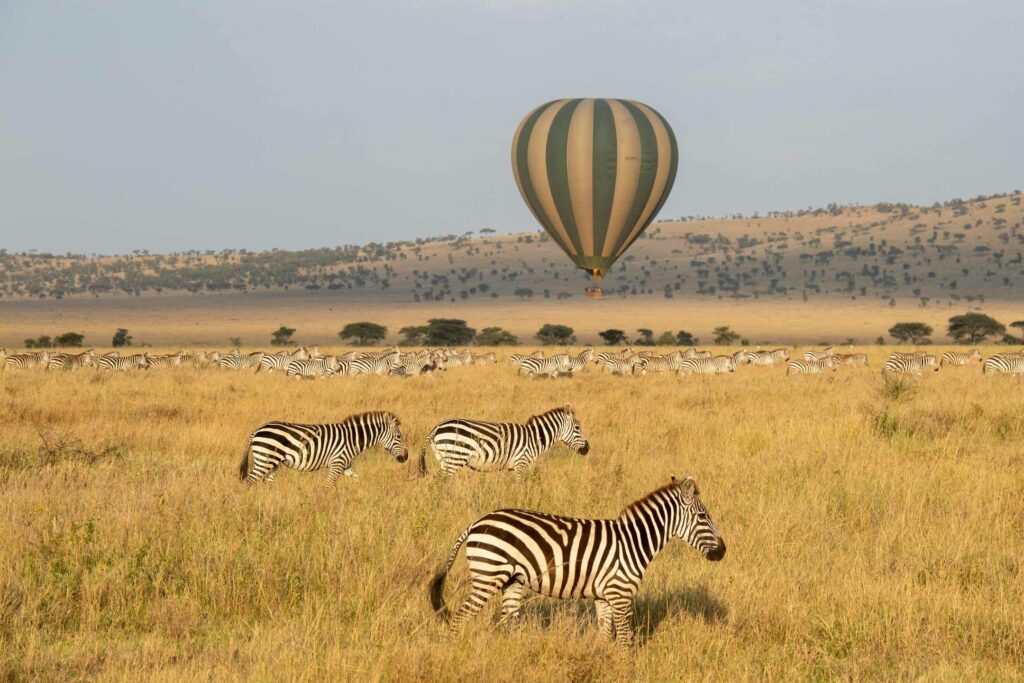
Again, think about the pictures you have already taken, try and make them look different from each other. This could be by adding a different foreground or changing your focal length. By zooming into distant scenes you add scale. For example, if there was a mountain range or distant rolling hills, by zooming in you increase the size of the landscape within the photo, rather than using a wide lens which will make the distant features looks small. Try zooming in and out when photographing a landscape to see the effect it has on the photo.
Shutter Speeds
Wildlife tends not to sit still for long, well unless you are photographing sleepy lions! Having a fast shutter speed will be helpful to freeze the action. Having a shutter speed of 1/500 – 1/2000 will be a good starting point. If the subject is slowly walking you can use 1/500. However, if you are photographing a hunt or birds in flight, a shutter speed of 1/2000 is going to capture the action with sharper results. In order to get these exposures, set your shutter speed and use the ISO to make the exposure look correct.
For example, you are photographing a pair of Lilac Breasted Rollers flying around; set your shutter speed to 1/2000, your aperture is f/5.6, making your ISO 1000 for the image to look correctly exposed. Always look on the back of your camera to make sure the images look good before you get immersed into the moment, clicking away without realising all the images are under exposed.
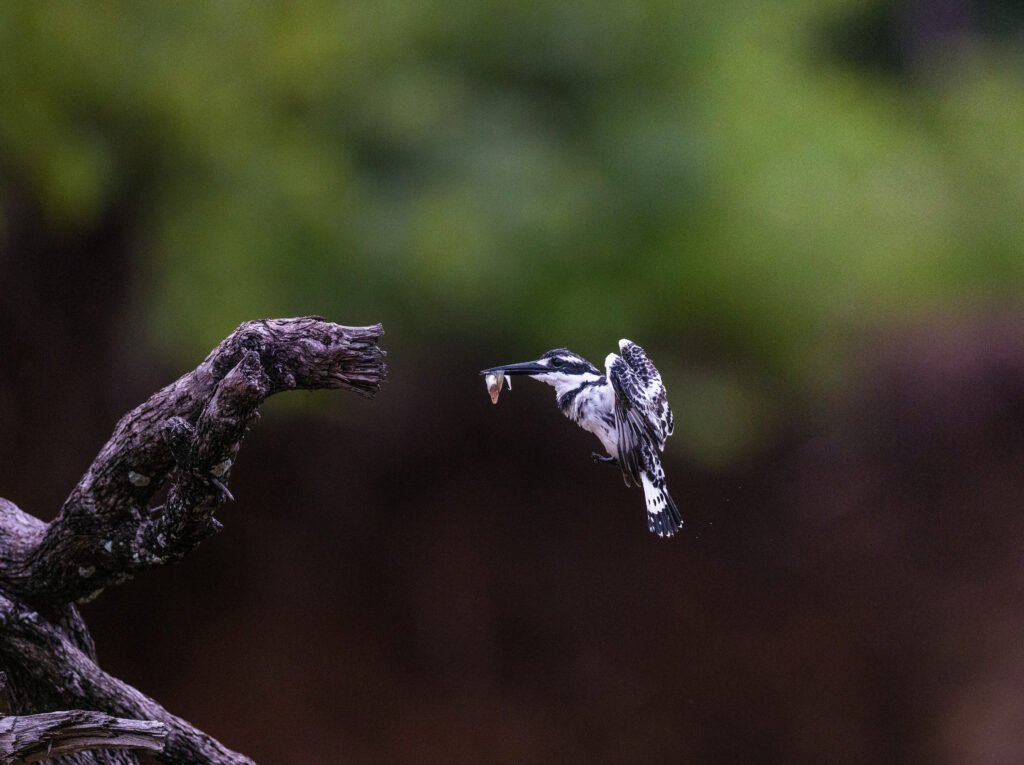
Another way of doing this is setting your shutter speed and aperture and making your ISO auto. This way you know whenever you pick up the camera you will have a correct exposure, while being able to freeze any action that might happen. As the light fades, slowly reduce your shutter speed as to not have too high an ISO, which will make the images very grainy. This is something that can be fixed in editing afterwards, but a blurry image cannot be fixed.
Taking photographs of the sights and experiences provide wonderful aide-memoires for years to come of all that you enjoyed during your holiday, taking you back to a specific moment. Remember as well to put your camera down and absorb the sights, sounds and smells sometimes; you won’t regret it.
If you would like more information on holidays to Africa, or have questions for Felix, please get in touch to discuss your wishes. We would be delighted to help you put together a fabulous holiday.
